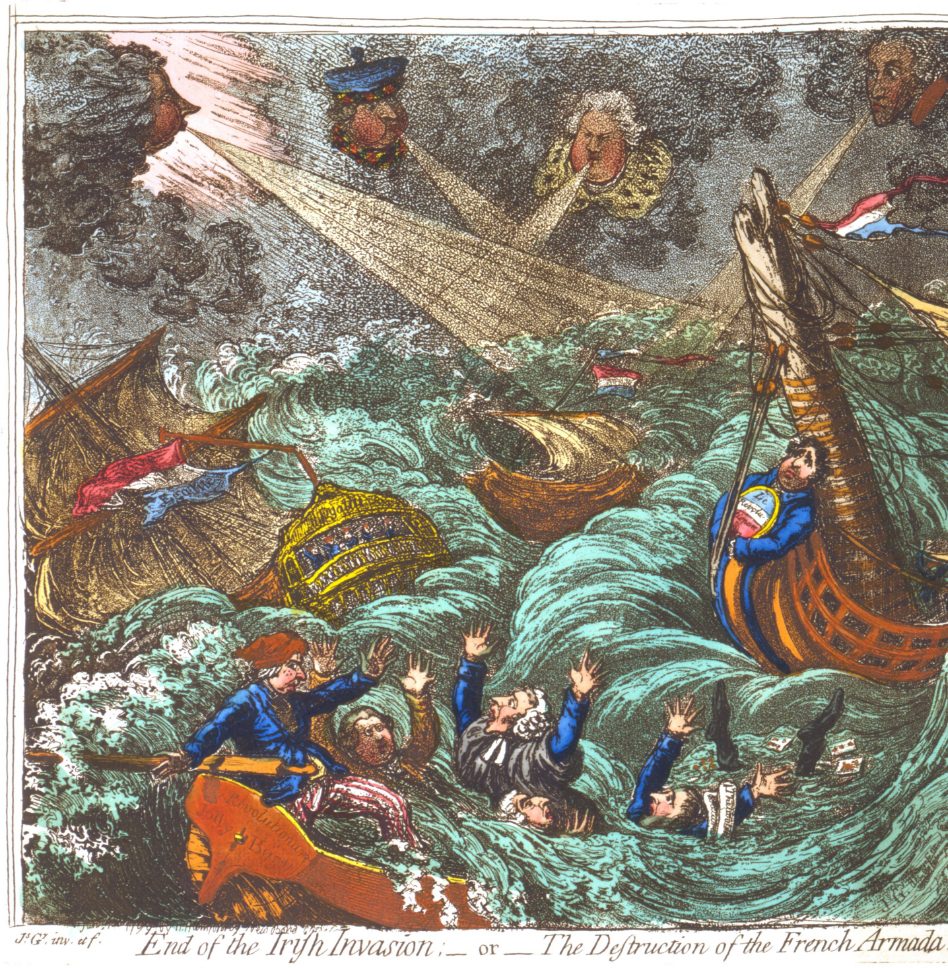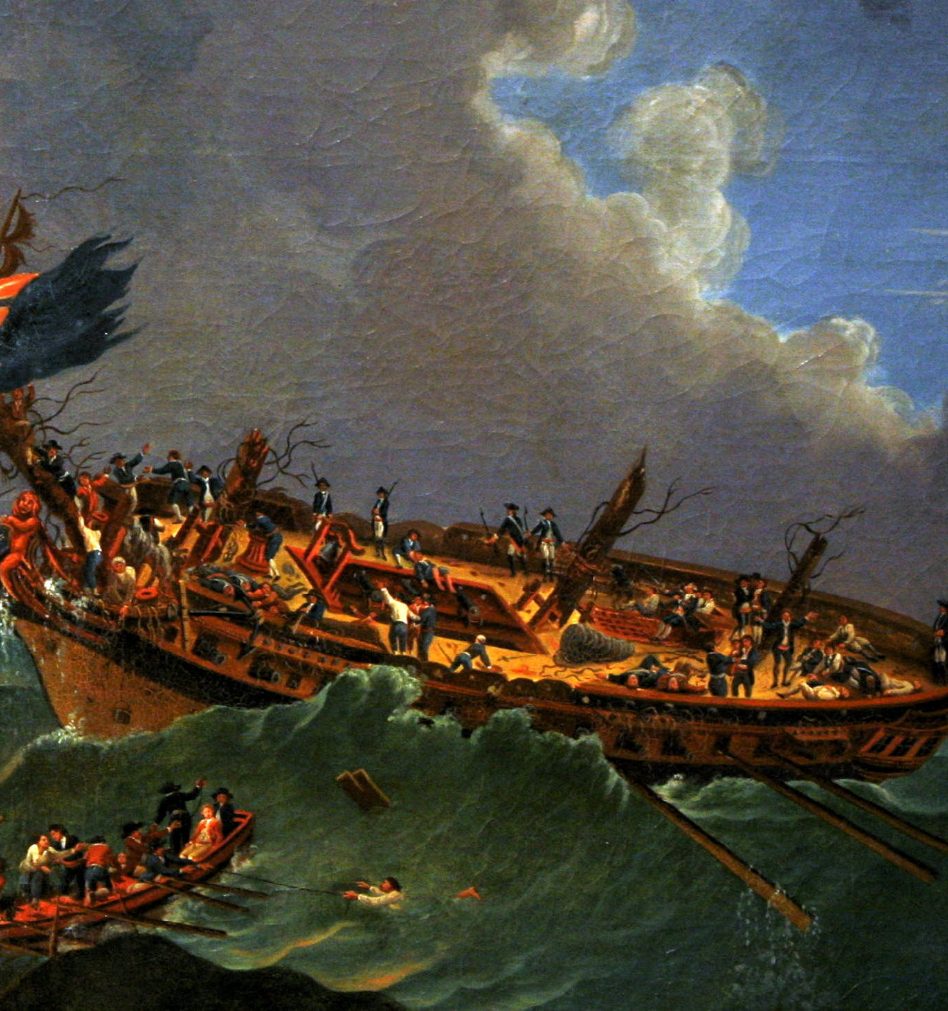About
1796 French Armada
About
French Expedition to Ireland
The French expedition to Ireland, was an unsuccessful attempt by the First French Republic during the French Revolutionary Wars to assist the outlawed Society of United Irishmen in their planned rebellion against British rule. The French intended to land a large expeditionary force in Ireland during the winter of 1796–1797 which would join with the United Irishmen and drive the British out of Ireland. The French anticipated that this would be a major blow to British morale, prestige and military effectiveness, and was also intended to possibly be the first stage of an eventual invasion of Britain itself. Approximately 15,000 soldiers were gathered in Brest in readiness for a major landing at Bantry Bay in December 1796.
The operation was launched during one of the stormiest winters of the 18th century, with the French fleet unprepared for such severe conditions. Patrolling British frigates observed the departure of the fleet and notified the British Channel Fleet, most of which was sheltering at Spithead for the winter. Most of the French fleet managed to reach Bantry Bay late in December, but its commanders were driven miles off course and without them the fleet was unsure of what action to take, with amphibious landings impossible due to the weather conditions, which were the worst recorded since 1708. Within a week the fleet had broken up, small squadrons and individual ships making their way back to Brest through storms, fog and British patrols.


About
La Surveillante
la Surveillante was part of a French Fleet involved in an unsuccessful attempt to invade Ireland and overthrow English rule in the country. Bad weather and poor leadership challenged the campaign from the start leading to the scattering and dispersal of the 48-strong invasion fleet. A sizeable number of the fleet’s ships arrived off the Bantry coast in December of 1796 but they were forced to return to France due to bad weather. La Surveillante at that point was no longer considered seaworthy and its crew, cavalry and other troops on board were transferred to some of the remaining ships in the fleet. Rather than allow La Surveillante to fall into British hands, the ship was scuttled in Bantry harbour.
For nearly 200 years the 620-ton La Surveillante remained undiscovered. Then in 1981, during marine surveys following the 1979 Whiddy Island oil terminal disaster, the remains of the frigate was identified on the seabed. La Surveillante is one of the most intact 18th-century wrecks in Irish waters, the remains surviving from the orlop deck down to its copper-sheathed keelson; as such, it is of critical importance for our understanding of frigate construction and ships from that period as well as being a tangible link to one of the major maritime events of that time in our history.
